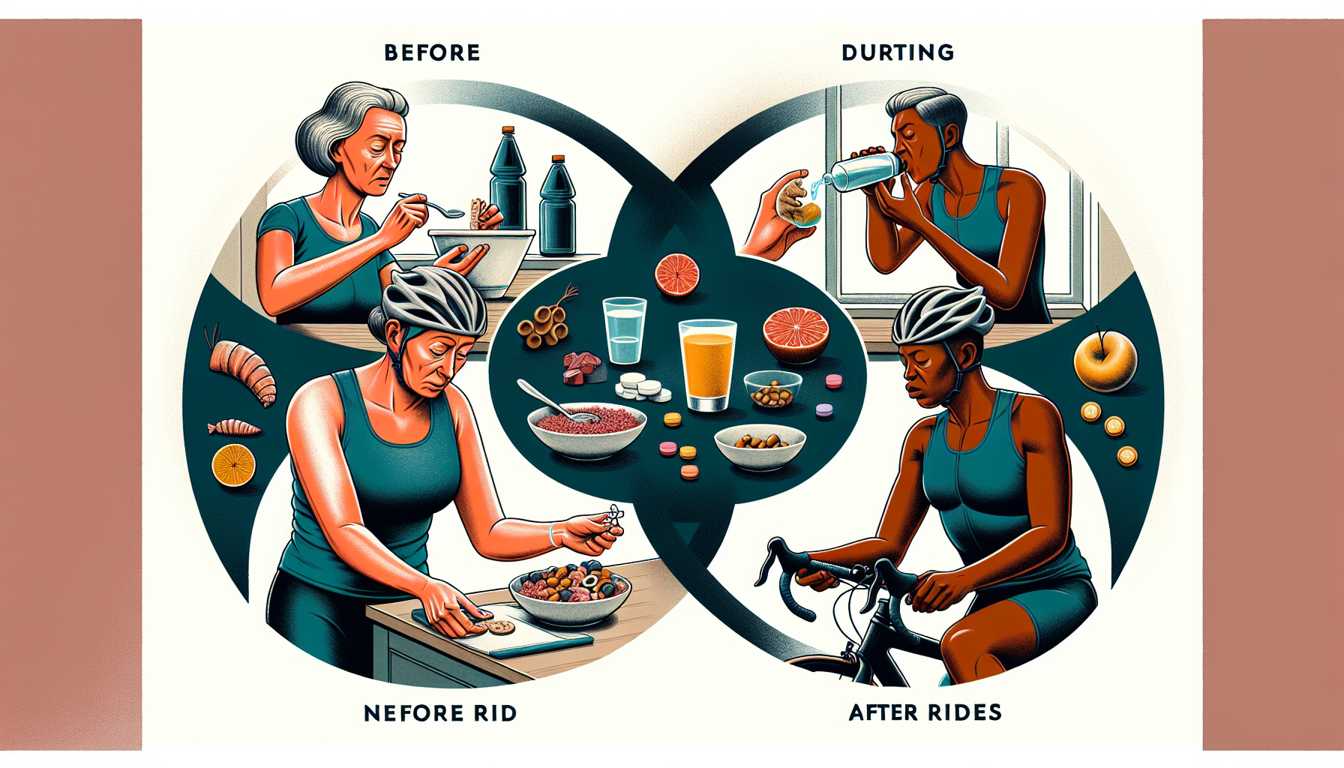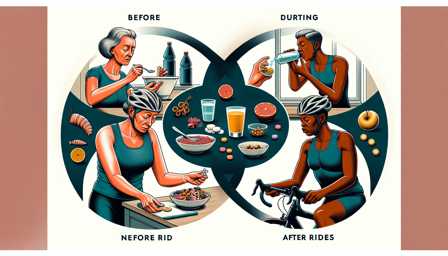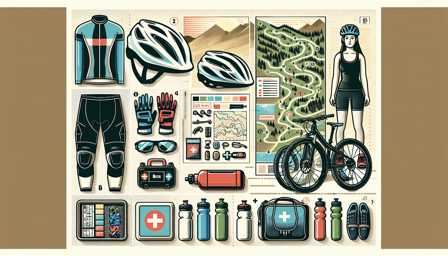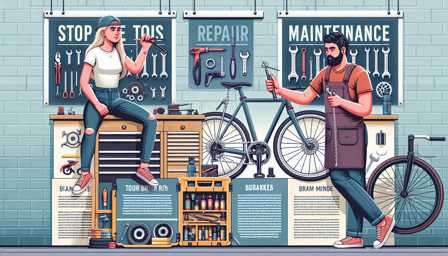
Cycling Nutrition: What to Eat Before, During, and After Rides
Cycling, whether for leisure, fitness, or competition, demands not only physical preparation but also a strategic approach to nutrition. Your body's performance and recovery are significantly influenced by what you consume before, during, and after your rides. This comprehensive guide will help you understand how to fuel your body effectively across these critical phases, with specific product mentions for practical application.
Before the Ride: Priming Your Engine
Carbohydrates are Key
Fueling your body before a ride involves focusing on carbohydrates, the primary energy source for high-intensity activities like cycling. A meal or snack rich in complex carbohydrates 2-3 hours before your ride can help top off your glycogen stores. Options like oatmeal, whole grain pasta, rice, or bread are excellent choices. For those who prefer a quicker, more convenient option, energy bars such as Clif Bars or PowerBar Performance Bars are practical and effective.
Hydration Matters
Hydration should begin well before you pedal out. Drinking 500ml of water two hours before your ride ensures you start properly hydrated. Electrolyte solutions or tablets like Nuun can be added to your water to help maintain electrolyte balance, especially in hot conditions or if you're a heavy sweater.
Avoid Heavy and High-Fat Foods
It's advisable to avoid heavy, high-fat foods right before riding. These can slow digestion and cause discomfort. If you're eating close to your ride time, opt for a light snack such as a banana or a small energy bar that provides quick-release energy without weighing you down.
During the Ride: Sustaining Your Energy
Carbohydrates Continue to Rule
During longer rides (over an hour), consuming carbohydrates is vital to maintain energy levels. Aim for 30-60 grams of carbs per hour. Energy gels like GU Energy Gels or energy chews such as Honey Stinger Organic Energy Chews are convenient for on-the-go consumption. They're designed to be digested quickly and efficiently while you're on the move.
Stay Hydrated
Keeping hydrated is crucial, especially on long or hot rides. Use a mix of plain water and sports drinks like Gatorade or Powerade to replenish fluids and electrolytes. Sports drinks have the added benefit of providing carbohydrates for energy. A hydration pack or bottles on your bike can make it easier to drink without stopping.
Listen to Your Body
It's essential to listen to your body's hunger and thirst cues. Don't wait until you're starving or parched to eat or drink, as this can lead to bonking (running out of energy) or dehydration, which significantly affects performance and recovery.
After the Ride: Recovery
Protein and Carbs for Recovery
Recovery starts as soon as you finish your ride. Consuming a combination of carbohydrates and protein within 30 minutes post-ride can significantly improve recovery. This combination helps replenish glycogen stores and repair muscle tissues. A smoothie with fruit and whey protein, or a recovery shake like the ones from Recoverite, are excellent choices.
Rehydrate
Rehydrating after your ride is as important as the initial hydration. Continue drinking water or an electrolyte replacement drink to restore hydration levels. If you've been sweating heavily, consider a drink with a higher electrolyte content to replenish sodium and potassium levels.
Solid Meals
Follow up your immediate recovery snack or drink with a balanced meal. This meal should include a good mix of carbohydrates, protein, and fat to aid in recovery. Chicken with vegetables and quinoa, or salmon with sweet potato and greens, are examples of balanced meals that can provide the necessary nutrients for recovery.
Conclusion
Nutrition plays a pivotal role in the performance and recovery of cyclists. By tailoring your intake before, during, and after rides, you can ensure that your body has the right fuel and nutrients needed for optimal performance and quick recovery. Remember, individual needs can vary based on the length, intensity of the ride, and personal dietary preferences. Experimenting with different foods and timing can help you find the best nutrition strategy that works for you.



